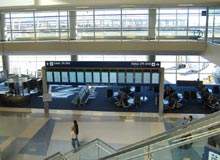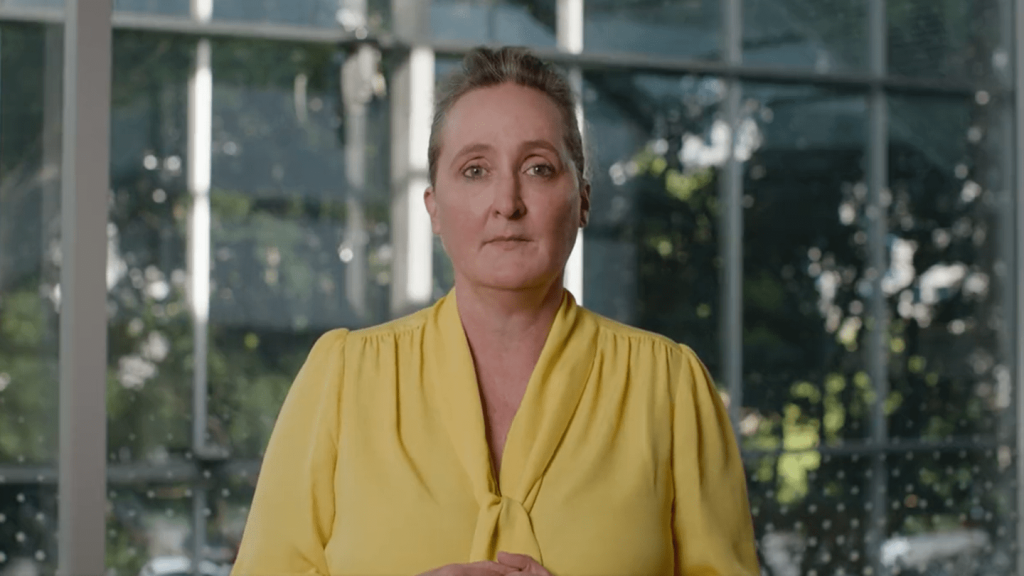
Enhancing passengers’ travel experience and the need for industry savings, sparked by the fuel crisis, has become the focus for The International Air Transport Association (IATA) and worldwide airport operations.
According to Airports Council International, whose members operate over 1,640 airports all over the world, during 2007, 4.8 billion people arrived at and departed from these airports, a 6.8% increase on 2006 and long-term traffic is predicted to double to over nine billion passengers by 2025. With expansion a costly process in times of economic downturn, the goal for many is to use CRM technology to maximise space, time and budget while optimising passenger experience.
DIY check-in
“The face of check-in is changing,” says David Taylor, director of airport systems global product management at ARINC. “Of course you can check in at home via the internet, but now you can find kiosks in conference centres or hotels via the common-use self-service (CUSS) kiosks.”
The implementation of CUSS systems in 130 airports throughout 2008 is part of IATA’s target to improve what they term as capacity utilisation, reducing the need for costly infrastructure development and to manage the process-flow for airlines and passengers.
See Also:
ARINC, a provider of engineering, communication and integration solutions, have installed over 60% of the CUSS kiosks in airports worldwide. CUSS gives passengers more free time before flights, reduces lines, saves floor space and improves customer experience.
How well do you really know your competitors?
Access the most comprehensive Company Profiles on the market, powered by GlobalData. Save hours of research. Gain competitive edge.

Thank you!
Your download email will arrive shortly
Not ready to buy yet? Download a free sample
We are confident about the unique quality of our Company Profiles. However, we want you to make the most beneficial decision for your business, so we offer a free sample that you can download by submitting the below form
By GlobalData“Saving space is key for airports,” says Taylor. “Take Heathrow’s terminal 5, a £5bn project to reclaim capacity. Airports can avoid many huge, costly expansion projects like this through the use of technology.”
According to IATA, it not only saves space, but also an average of $2.50 for each check-in and potential savings of $1bn a year, based on 40% market penetration.
Taking a holistic approach
The issue of integrating systems and data is crucial when taking a holistic approach to an airport CRM system and one that Halifax Stanfield International Airport in Canada is currently focusing on. “One key initiative we are working on is to better integrate data among the tools we use to manage our client interactions,” says Mike Maxwell, IT director of the Halifax International Airport Authority (HIAA).
“We have lease management software, billing systems and client contact and activity reports that all live in different locations and are accessed separately and this poses an inability to understand the value and opportunities we have with clients. We are looking at Maximizer, Goldmine, ACT, among other products, as our options,” he reveals.
HIAA has also installed remote flight information display systems (FIDS) in nearby hotels providing travellers with a convenient way to check the status of their flight. ARINC’s multimedia FIDS system, AirVUE, transmits arrival and departure times, gate assignments and other flight information throughout an airport. The XML, video and flash-capable technology sends flight data across the airport’s network or via wireless connections allowing passengers to view information anywhere – at the airport, on their PDAs or via an internet connection.
Dallas Fort Worth in the US is among the world’s busiest airports and deals with almost 60 million passengers each year. It has installed ARINC’s AirVU FIDS system and this year won awards for best airport for customer service in North America and second in the world from the ACI. Approximately 200,000 passengers took part and the results showed how passengers seek swift and hassle-free airport experiences with minimum contact with staff.
Once airports are able to better understand the profile of their customers, the technology can be organised so that they are catered for in the quickest and most effective way.
“Phoenix Airport installed the FIDS system and integrated it with the public address system and kiosks,” says Taylor. The paging of passengers is now available visibly as well as audibly and it is also possible to send messages to the public address system via kiosks. “They have a sizeable elderly clientele and a reasonable proportion of disabled customers some of which are hard of hearing so their local population really benefits,” adds Taylor.
With more than 1,000 FIDS displays rolled out at airports such is the case at Dallas, Taylor describes this product as ‘all singing and all dancing’, and one that airport clients can use as much or as little as they need. According to Taylor the systems are scalable and flexible. “More horsepower can be added and they are as dynamic as possible. We deliver the tools and the airport implements the business logic – the tools do as little or as much as the user wants.”
Data dynamics
In times of crises – a security problem, severe weather or if airports have to close down – it is important that airlines and airports communicate quickly and accurately, so an effective CRM system is vital. Being able to contact customers in advance can help to manage passengers and minimise the problems.
However, ensuring that data is correct and therefore useful is problematic. “A challenge is to ensure the process of updating and working with the CRM tool is intuitive and easy, otherwise it will not be kept up to date and can quickly be pushed aside or deemed inaccurate and useless,” says Maxwell.
With IATA’s e-ticketing target, a move towards boarding being totally paperless, met on 1 June 2008, the next step is now to introduce barcoded boarding passes (BCBP) using 2D barcodes. Customers will be able to print their boarding passes at home or they can be sent to a customer’s mobile phone. Only one boarding document will be required for the journey – even for multiple segment itineraries – increasing throughput and space in the airport. If the target is met for all boarding passes to be BCBP by 2010 it will mean saving of $500m for the industry.
“CRM is all about restoring the joy to travel,” says Taylor. “CRM is enabling the avoidance of congestion and making the experience predictable for the customer by giving them advance information.” And, with the high price of oil accounting for 34% of industry costs, it is even more imperative than ever before that CRM systems are implemented and sustained.







